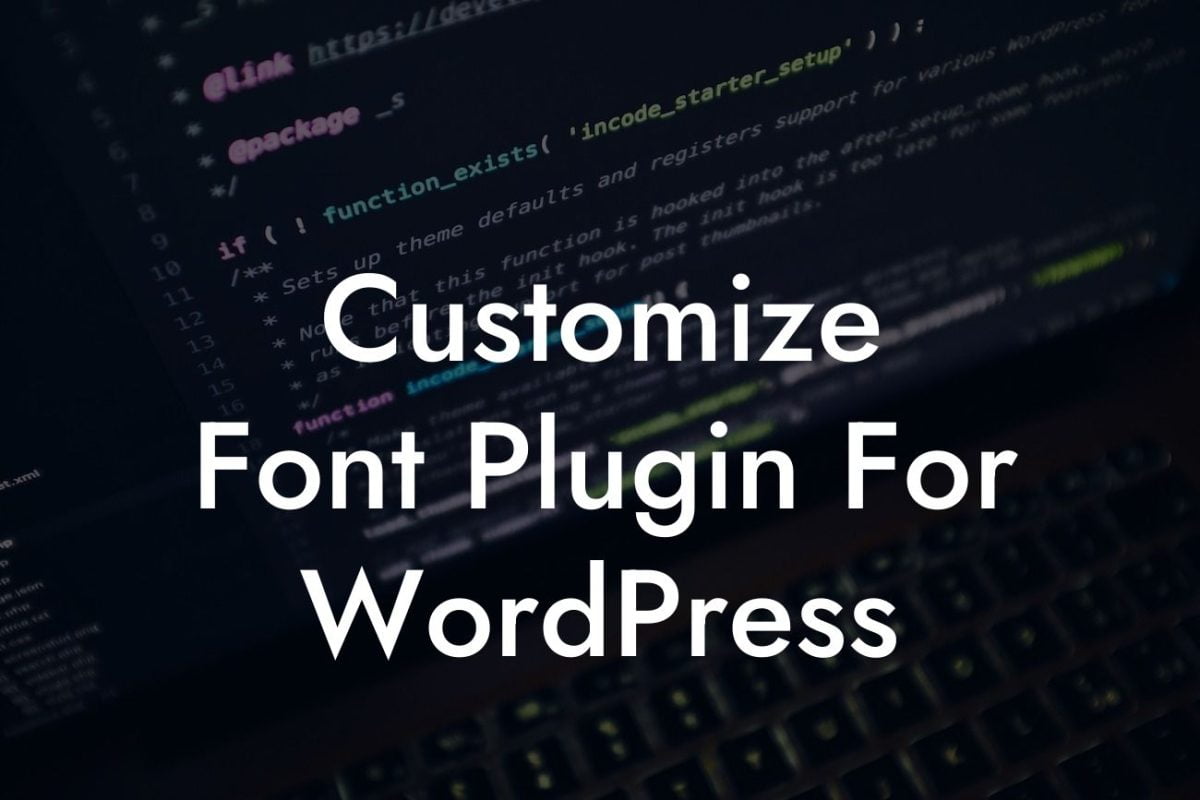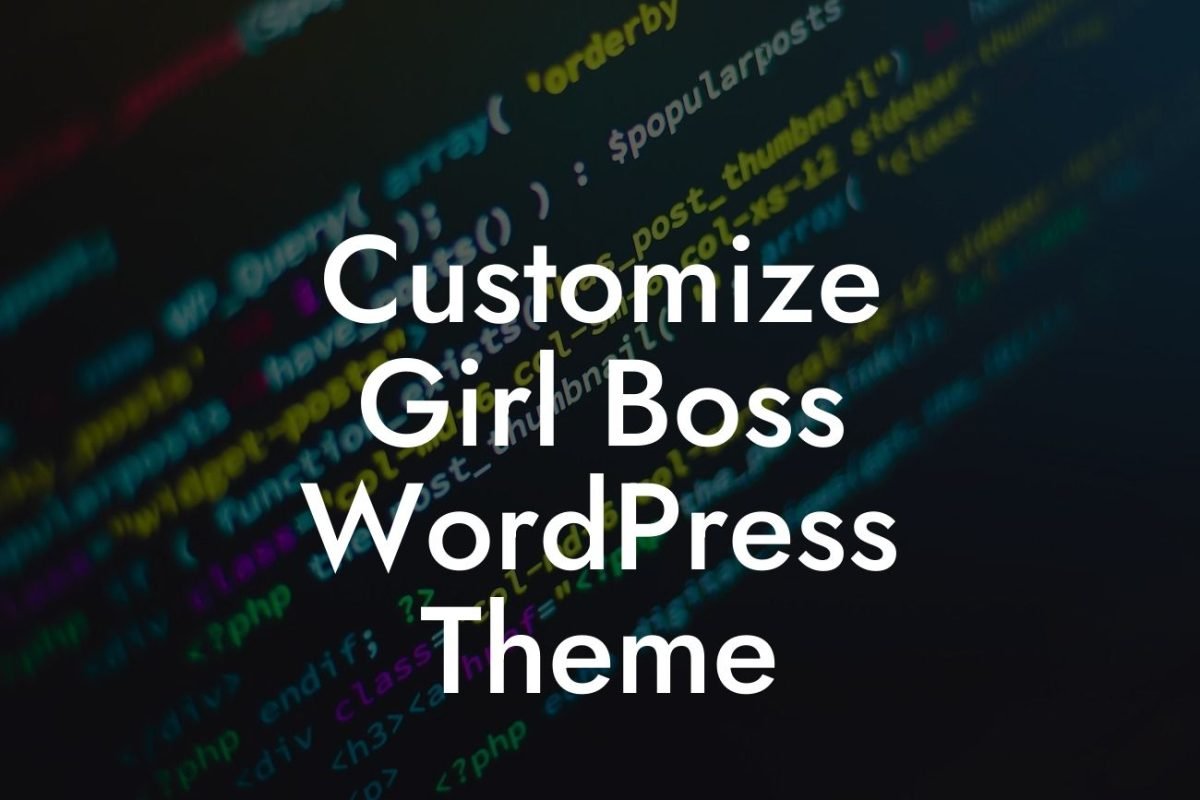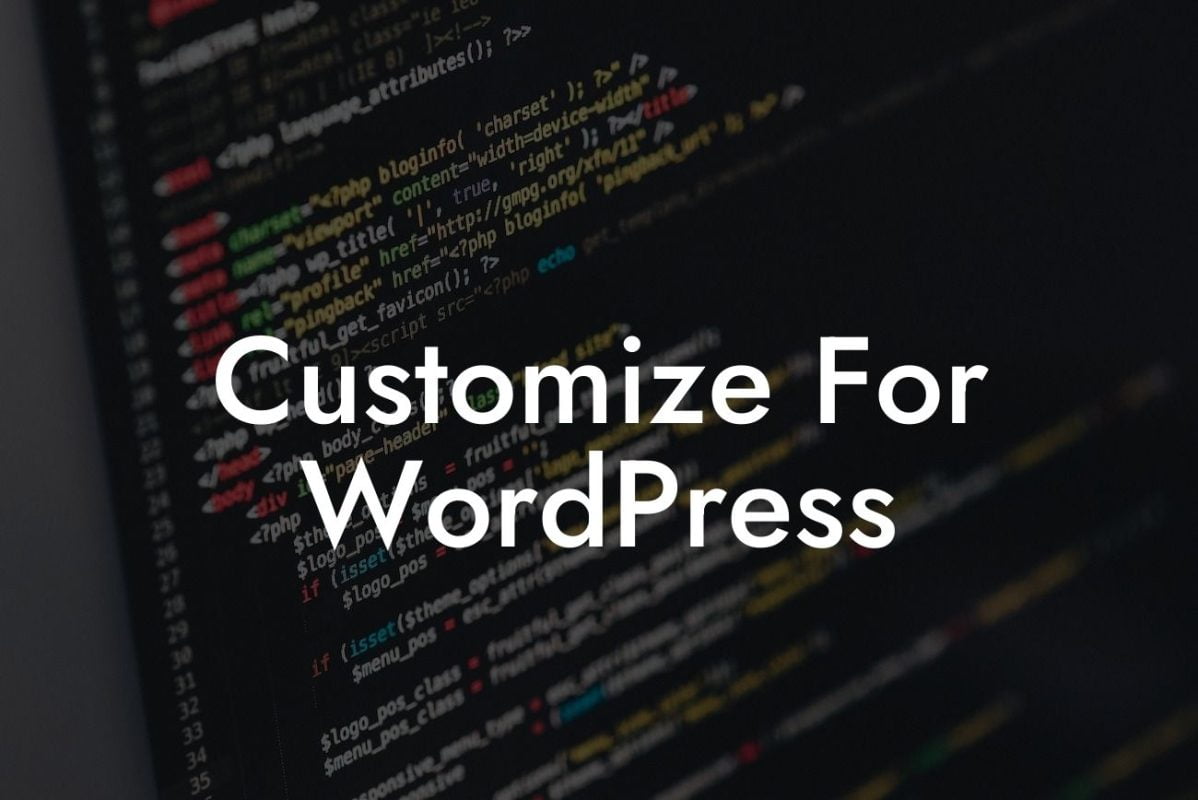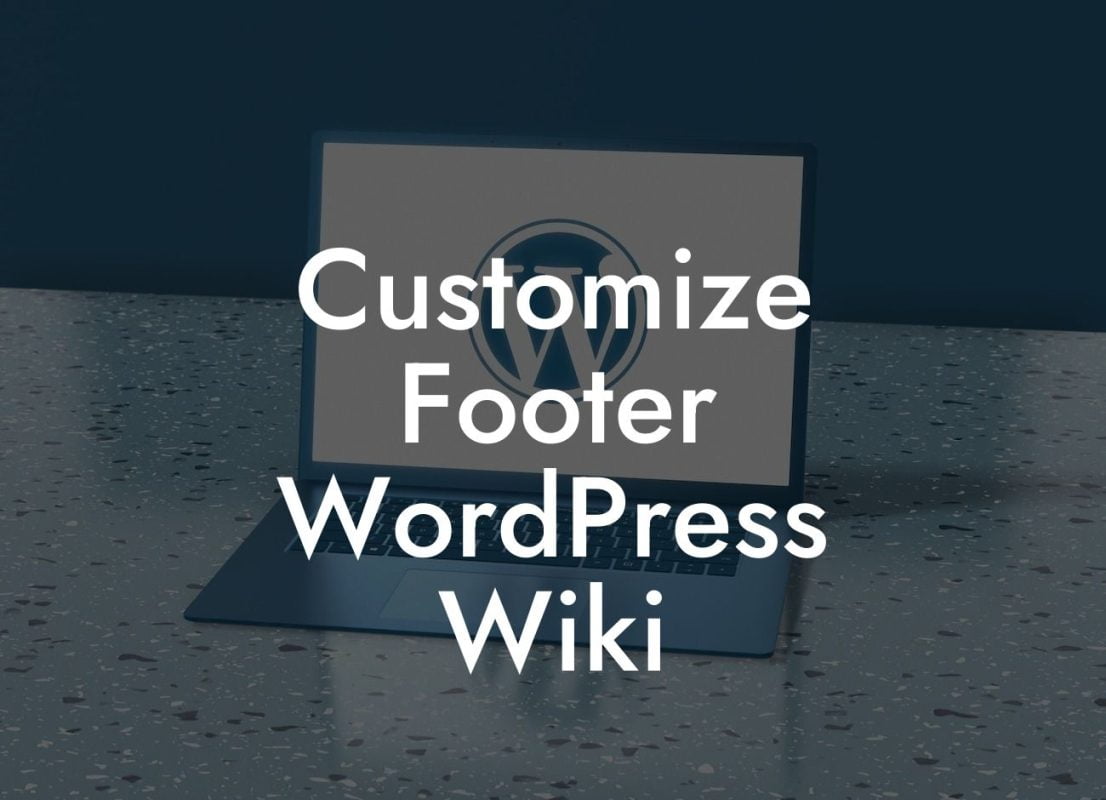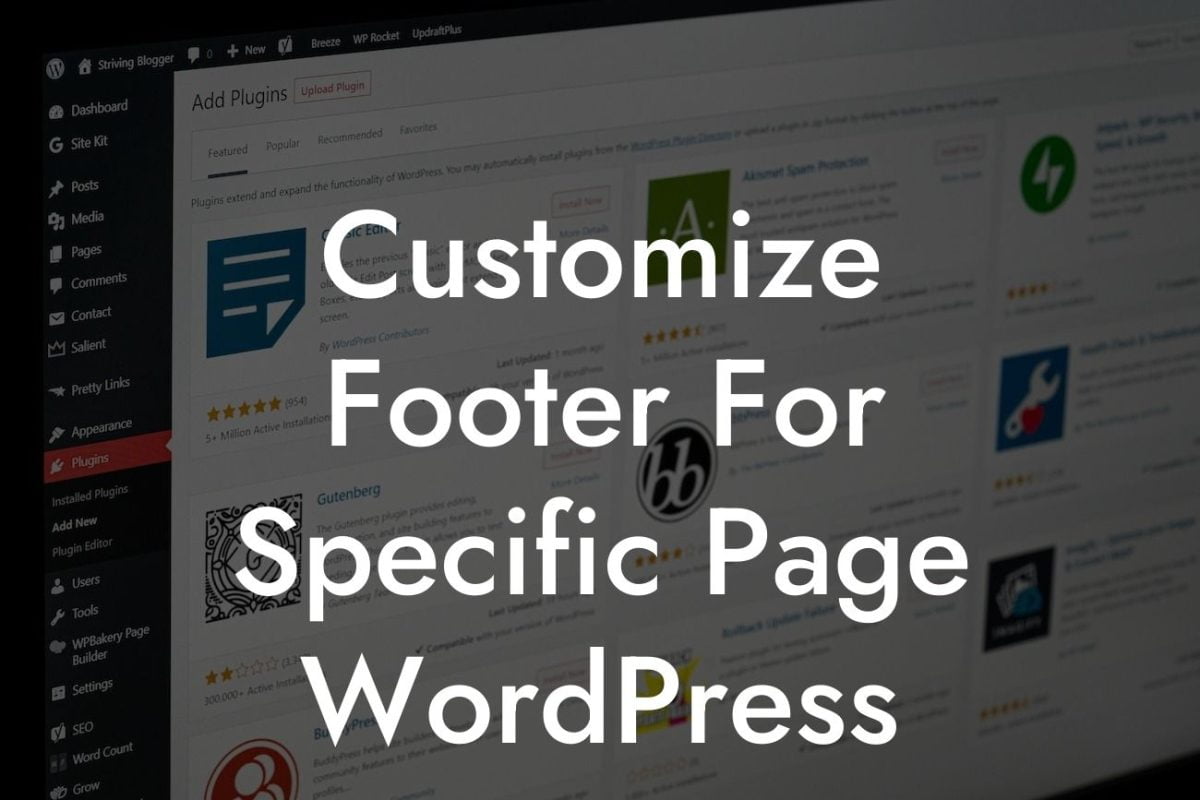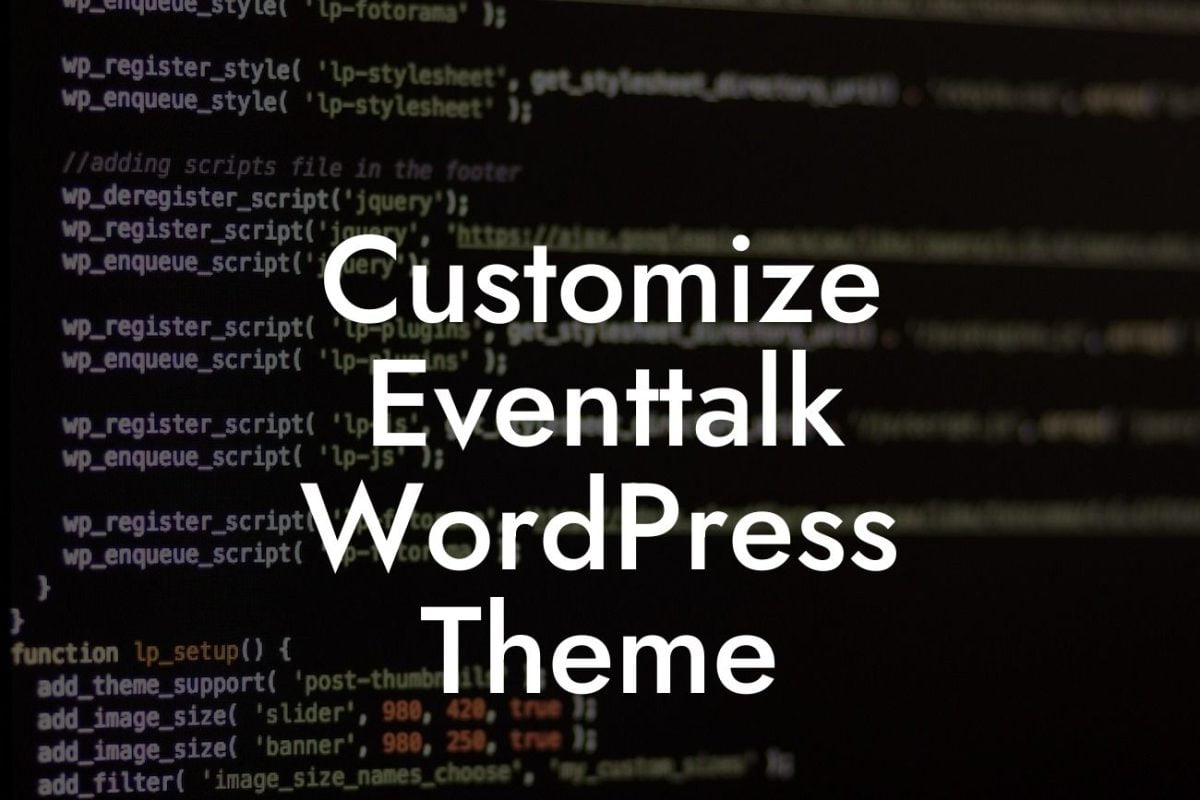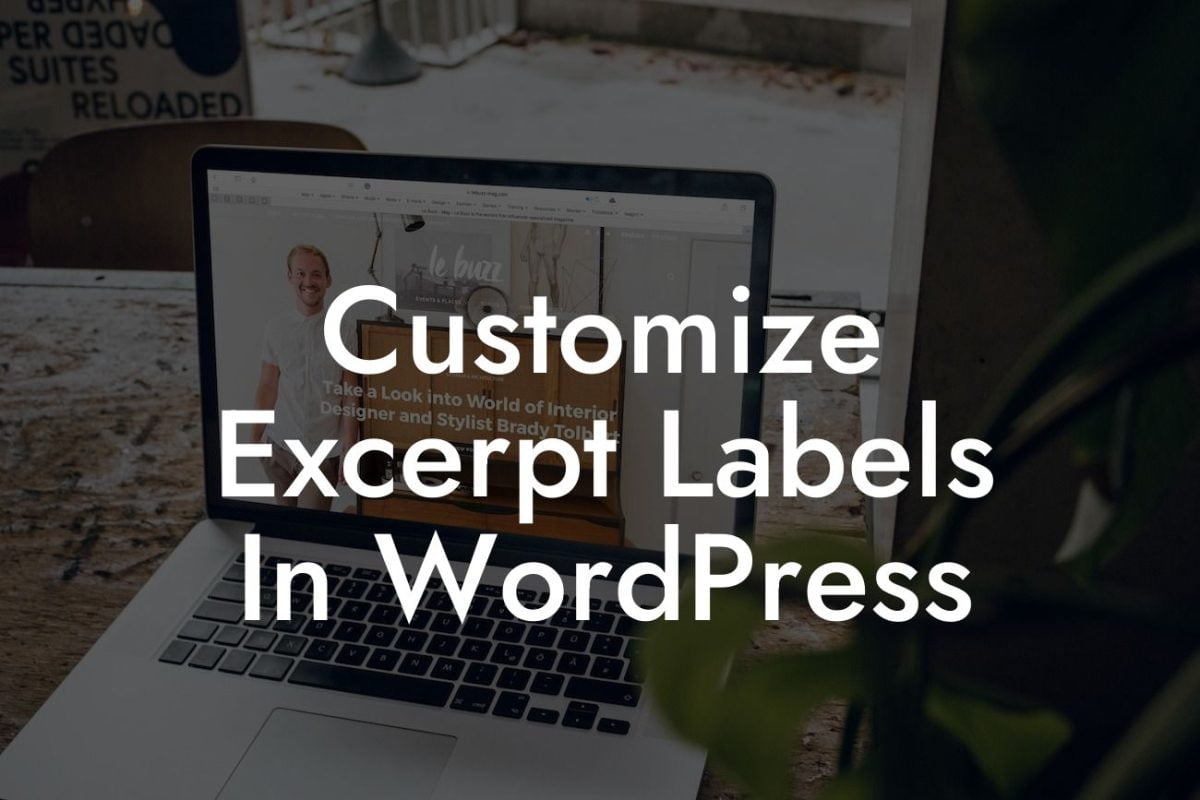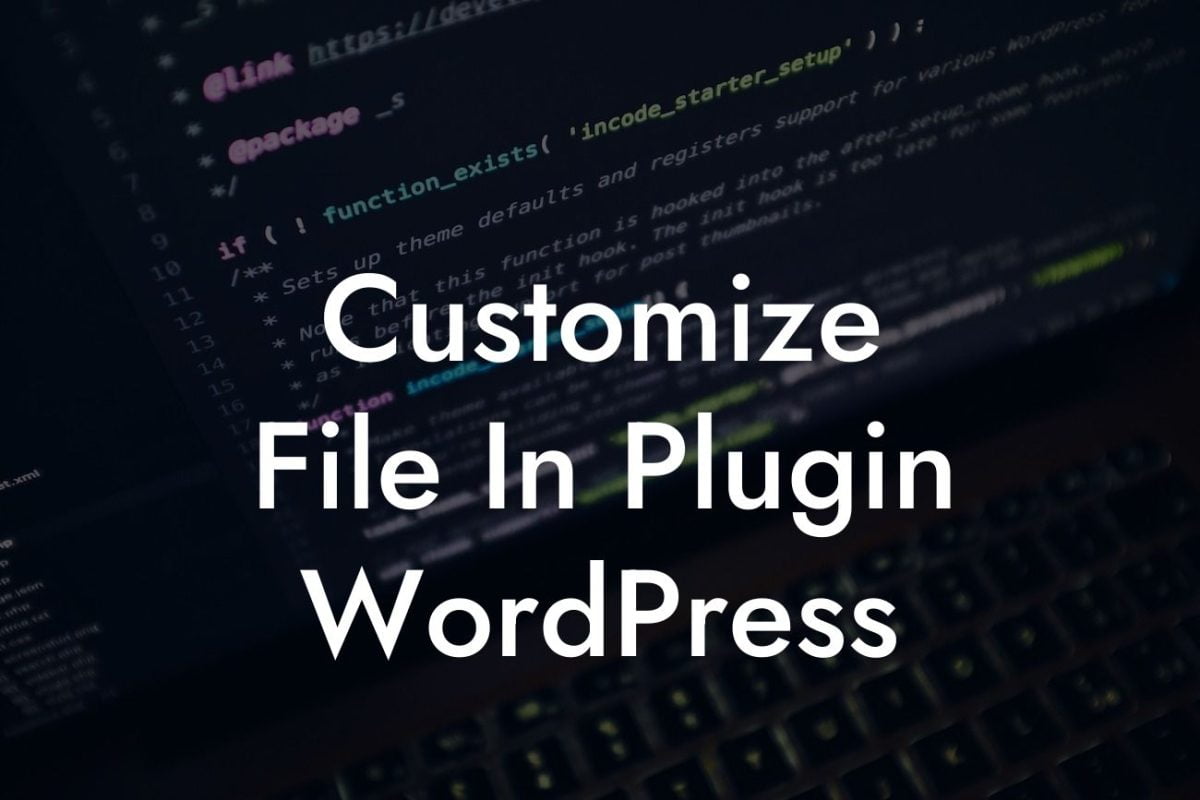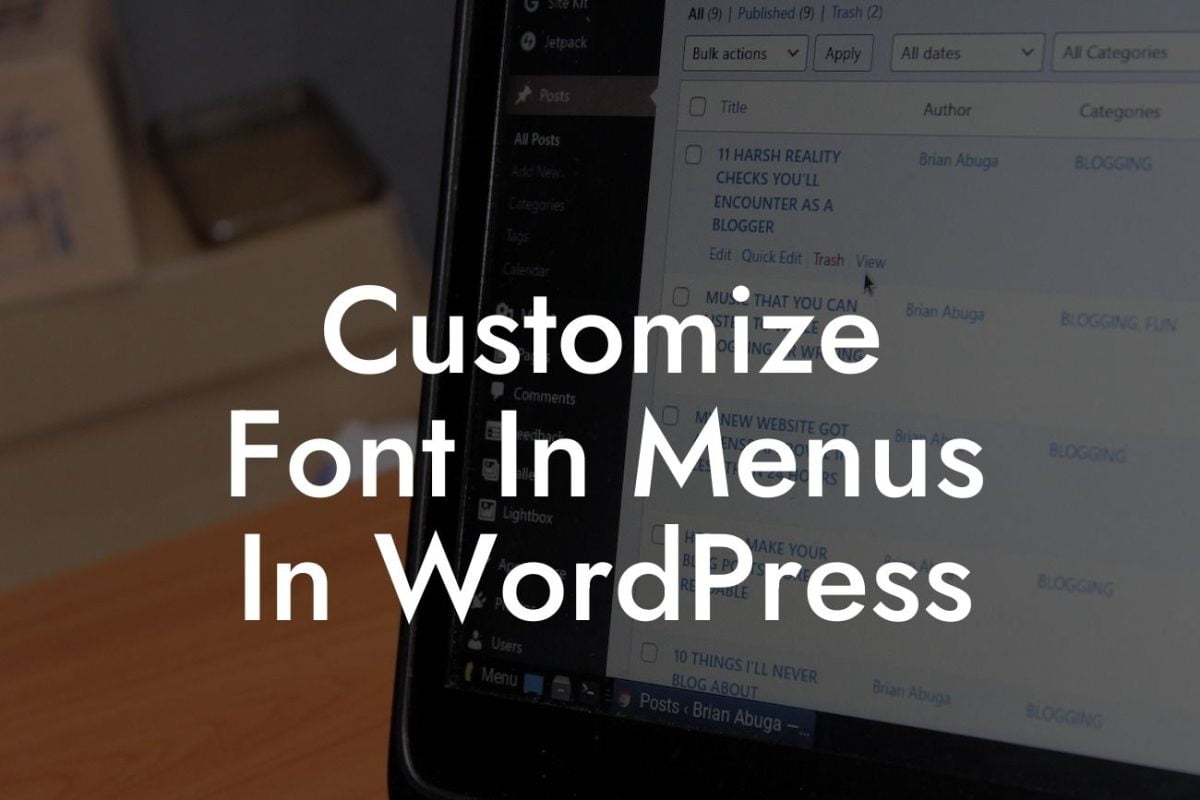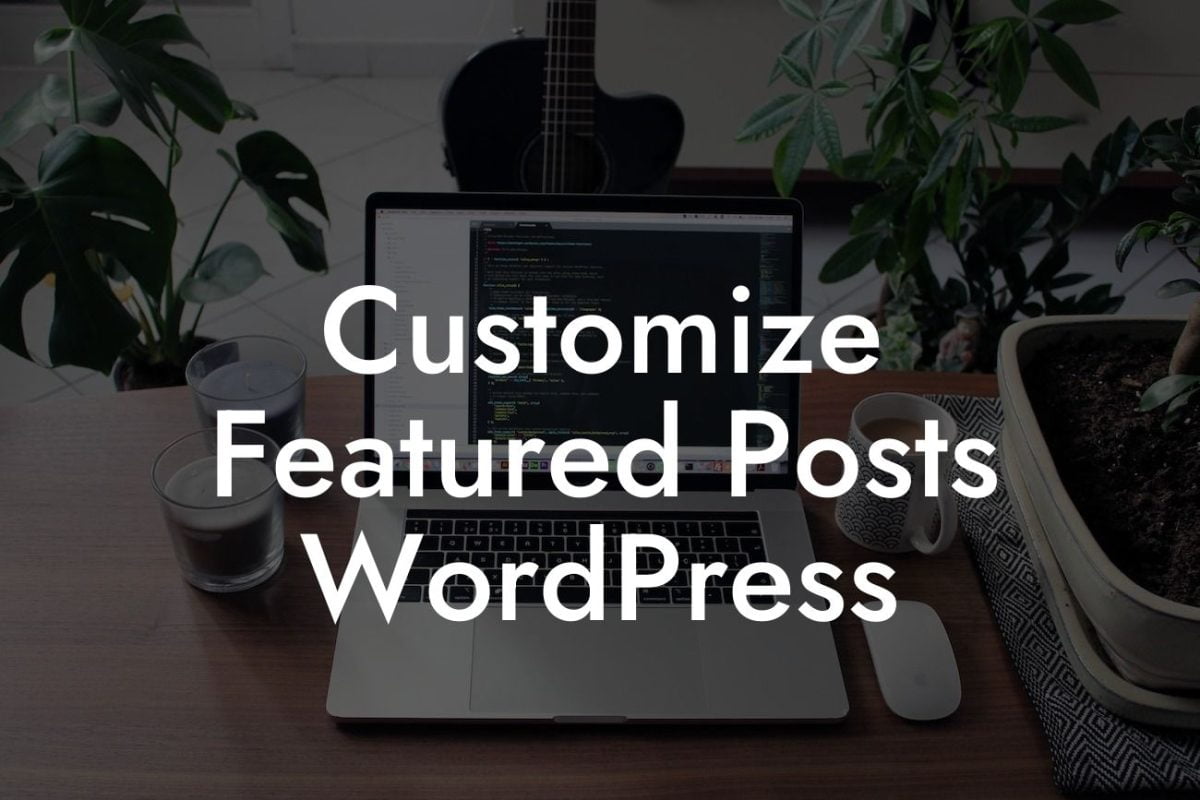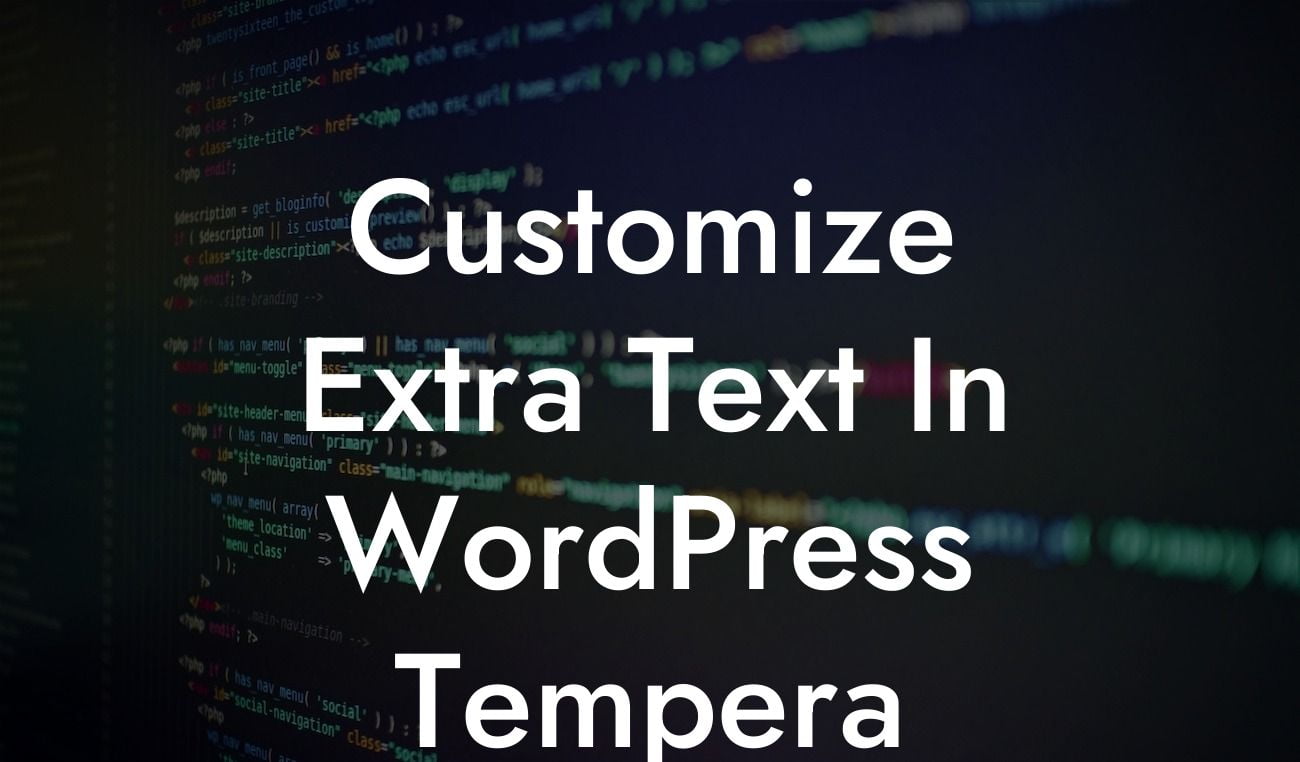Are you ready to take your WordPress website to the next level? One important aspect that can greatly impact your online presence is your primary domain. Whether you're rebranding, changing your business name, or simply want to enhance your website's SEO, knowing how to change your primary domain on WordPress is crucial. In this guide, we'll walk you through the process step-by-step, ensuring a seamless transition and maximum results.
Changing your primary domain on WordPress may seem like a daunting task, but with our detailed instructions, you'll be able to accomplish it effortlessly. Follow these steps:
1. Assess your current domain: Before making any changes, evaluate your current domain and its impact on your website's branding and performance. Consider factors such as domain age, SEO rankings, and backlinks.
2. Choose a new domain: Select a new domain that aligns with your business goals and reflects your brand identity. Ensure it is catchy, memorable, and relevant to your target audience.
3. Backup your website: It's crucial to get a backup of your entire website, including files and databases, to avoid any potential data loss during the transition.
Looking For a Custom QuickBook Integration?
4. Set up the new domain: Purchase the new domain and configure it with your hosting provider. Ensure that the domain is set up correctly so that it points to your WordPress installation.
5. Update permalinks: After configuring the new domain, update your permalinks within the WordPress settings to reflect the new URL structure. This step is essential to maintain the integrity of your website's internal links.
6. Update site URL: Go to the General Settings in your WordPress dashboard and update the WordPress Address (URL) and Site Address (URL) to the new domain.
7. Check for broken links: Verify that all internal and external links within your website are functioning properly with the new domain. Use reliable link checker tools to save time and ensure a smooth user experience.
8. Redirect old URLs: Set up 301 redirects from the old domain to the new domain. This ensures that visitors and search engines are automatically directed to the correct pages, preventing any 404 errors and preserving your website's SEO rankings.
How To Change Primary Domain On Wordpress Example:
Let's say you currently have a WordPress website with the domain "oldexample.com". You decide to change your primary domain to "newexample.com". By following the steps mentioned above, you'll seamlessly transition your website to the new domain while preserving your SEO rankings, user experience, and brand identity.
Congratulations on successfully changing your primary domain on WordPress! By implementing these strategies and leveraging DamnWoo's expertise, you have taken a significant step towards elevating your online presence. Don't forget to share this article with others who might find it useful, explore other guides on DamnWoo for more valuable insights, and try our awesome plugins to supercharge your website's success. Remember, with DamnWoo, extraordinary results await.


